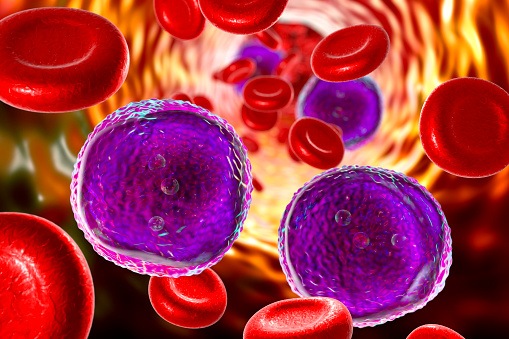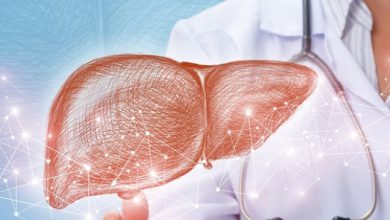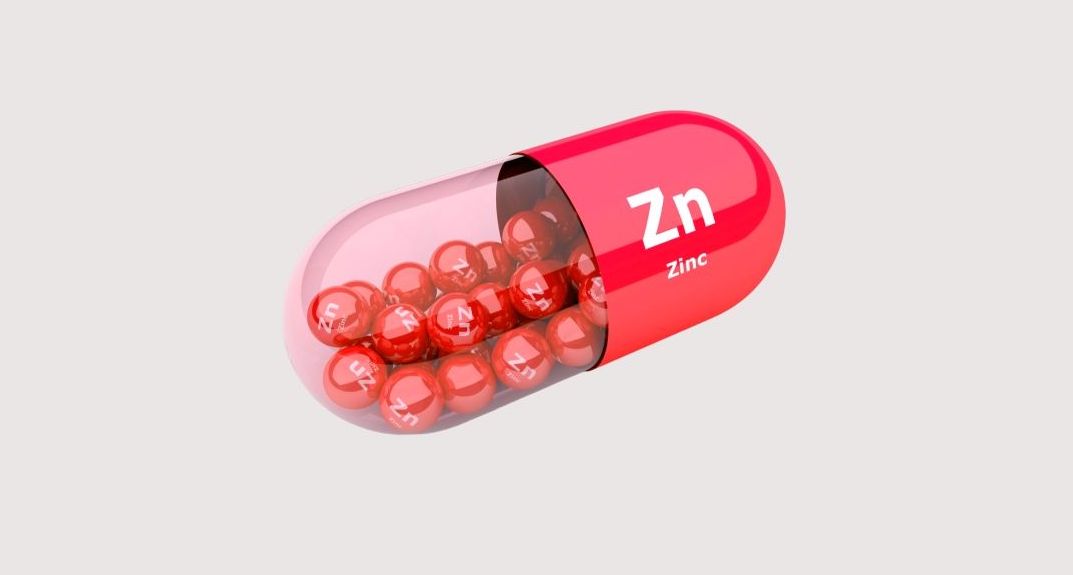Increasing your metabolic rate will help you lose weight faster because it burns more calories with increased physical activity. Here are some more tips to enhance your metabolic rate:
You can flavor your water with lemon if you have trouble drinking enough water naturally. Drinking enough water helps you lose weight and maintain it.
By eating several small or light meals with a constant gap of three or four hours between them, the body’s metabolic balance is maintained and the rate of calorie burning in the body decreases. Food consumption can be limited at certain times and the body can remain without food for a long time without storing more fat cells.

Although eating small amounts of food and eliminating some meals may help to lose weight, in fact, eating little calories reduces metabolism and storage of calories. Women who are mature need this. Women need between 1,600 and 2,400 calories a day, depending on their level of physical activity, while men need between 2,000 and 3,000 calories.
Stress can increase the production of some hormones in the body, including cortisol. In eating disorders characterized by reduced food intake, weight-related concerns, and unhealthy eating habits, its levels may increase. An observational study published in the European Journal of Endocrinology in 2011 found that anorexia nervosa is associated with severe weight loss and can lead to metabolic imbalances.
A good night’s sleep is essential for balancing hunger and satiety hormones in the body and reducing overeating, while sleeping for a few hours stimulates the production of the hunger hormone ghrelin. People need different amounts of sleep, but according to researchers, adults should sleep between seven and nine hours per night.
Increasing physical activity: You should make physical activity an essential part of your daily schedule, for example, you can walk or ride a bike to work and take the stairs instead of the elevator.
Diets that involve eating very little calories are associated with negative effects in the body, including a significant decrease in metabolism rates. Although they help to lose weight to a great extent, these diets are associated with negative effects in the body. Most body weight loss is caused by loss of muscle mass, which slows down the metabolism and reduces the rate at which calories are burned, causing weight gain to occur faster than before following these diets.
Trans fats slow down the body’s metabolism, unlike healthy fats, which help the body burn stored fats.
Metabolism-boosting foods include:
A diet rich in certain nutrients can help reduce excess weight and related health problems by increasing the metabolic rate.
Other sources of protein include:
As a good source of fiber and protein, legumes keep you full for longer and reduce the amount of food you eat, as well as providing amino acids that can help maintain muscle mass. Therefore, it increases calorie burn in one sitting, and it has been shown that eating one serving of legumes every day, equivalent to 132 grams or between half a cup and three-quarters of a cup, for six weeks can be beneficial.
In addition to being low in calories, eggs are a good source of protein and fat. They also contain a good amount of B vitamins, which help improve metabolic processes.

Adding capsaicin, found in chili peppers and paprika, to any meal can reduce calorie intake and improve fat metabolism, according to a 2013 study published in PLOS One. Capsaicin can also improve fat metabolism when consumed daily. A systematic review and meta-analysis published in the journal Appetite in 2014 found that it reduces calorie consumption, helping people lose weight.
It is generally recommended to avoid products that have been subjected to production processes that reduce the content of their beneficial compounds, since cocoa can reduce the risk of obesity.
MCTs, or medium-chain triglycerides, are found in coconut oil. Unlike other types of fats, which are often rich in long-chain fatty acids, it is converted into energy as soon as it is consumed in the liver, so it is less likely to be stored as fat. It is also important to note that glyceride MCTs may help with weight loss and reduce obesity risks since they increase the metabolic rate more than long-chain fatty acids, thereby increasing the rate of energy expenditure and fat metabolism.
A rich source of caffeine, coffee can increase the body’s metabolic rate by 11%. Coffee’s ability to burn fat varies with age and weight, according to a study published in the American Journal of Clinical Nutrition. Further, according to a published study, people of normal weight who drink coffee can increase their fat burning rate compared to obese people.
Foods that speed up metabolism include:
Mineral-rich foods, such as nuts and seeds, such as iron, zinc, and selenium.
Lentils, peas, chickpeas, cowpeas, and peanuts are legumes.
Ginger, cardamom, and cayenne pepper are examples of spices.
Apple vinegar.
Water.
Seaweed;
Flax seeds
Broccoli
Vegetables with dark green leaves.
Exercises that increase metabolism include:
People who exercise regularly gain a limited amount of muscle mass, which has little effect on calorie burning. In addition, physical inactivity reduces calorie burning, which, in turn, affects the body’s internal organs, including the brain and the heart. It is recommended to lift weights and do strength exercises that increase the metabolism on a daily basis since most of the body’s metabolic processes occur in the heart, kidneys, liver and lungs. The basal metabolic rate of athletes is very high, since every 0.45 kg of muscle burns about 6 calories per day to maintain muscle mass, while the same amount of fat burns only 2 calories per day.
In addition, aerobic sports, including; Running, swimming, and walking, in addition to stimulating the feeling of temporary loss of appetite after exercise, boost the body’s metabolic rate and help increase the rate of calorie burning, but they are not recommended. High-intensity training increases the basal metabolic rate more than moderate or low-intensity training, and it is recommended to run fast for a short period during the day to increase metabolism.
Metabolism is affected by the following factors:
Some people have a fast metabolism, while others have a slow metabolism due to a variety of factors, including:
As we age, our metabolism slows down.
Men usually have a higher metabolic rate than women.
A heavier body requires more energy to burn calories than a lighter body.
When exposed to high temperatures, the rate of body metabolism increases.
The production and effectiveness of thyroid hormones determine the rate of metabolism in the body.
Pregnant women have a higher metabolism than non-pregnant women.
A lack of food leads to a decrease in metabolism.
The rate of metabolism is determined by the ratio of muscle to fat in the body. At rest, muscle mass burns more calories than fat mass.
The rate of metabolism and burning of calories increases when you exercise or do some daily activities that require movement, such as walking.
Here is an overview of the metabolic rate:
In the human body, metabolic rate refers to the speed at which food particles, such as sugars, decompose and are digested. There are several factors that affect energy levels among different living organisms, including environmental conditions, physical activity level, and body metabolism, which serve as the main source of energy to maintain the function of various vital processes in the body. BMR stands for Basal Metabolic Rate. As a result, the body burns energy at rest, which is the amount of energy necessary to maintain the function of its various organs, including breathing, pumping blood from the heart to the whole body, growing and repairing cells, and increasing levels of hormones.
The thermal effect of food, or TEF or heat generation, refers to the amount of energy required by the body to digest food and drink, absorb it and transfer it between organs. The third component of metabolism is the energy consumed during physical activity, which varies from person to person based on their level of activity.










